Interviewing Fugo Yamashiro, who is in charge of storyboarding and directing the episode 4, 'Don't put your hand in the video lab!'

Monthly publication from Sunday, January 5, 2020! The anime ' Don't mess with the video lab! ' Based on the spirits manga series will begin broadcasting. Following
TV animation 'Keep Your Hands Off Eizouken! 'Official site
http://eizouken-anime.com/
GIGAZINE (hereinafter G):
Mr. Yamashiro joined Science SARU as a new employee, but what is the reason why you chose Science SARU among various animation production companies?
Fuga Yamashiro (hereafter Yamashiro):
“It looked fun,” I looked up various companies, read through interviews with representatives, and felt that Science SARU would not grow as a company (laughs).
G:
Mr. Yamashiro is also in charge of the 'vice director' in 'Keep Your Hands Off Eizouken!', What kind of work are you in charge of?
Yamashiro:
The assistant is Director Masaaki Yuasa. I understand that the whole content, flow, and material are all understood now, and in my case, I am also studying. If there is only one production in the series, there are many meetings where we do not participate, so I will sit there and show me what I am doing. Also, Director Yuasa is very busy, so I follow the schedule. It's like a secretary, anything like a shop.
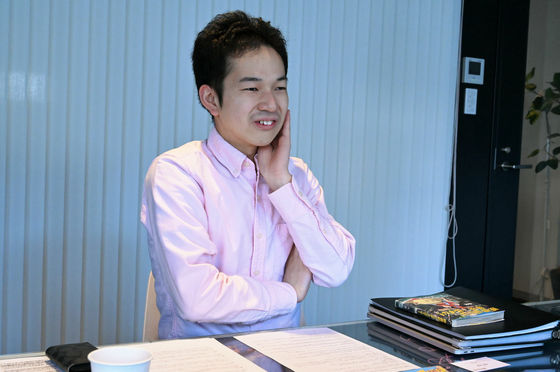
G:
It's like a position to see and understand the whole production of a work. Mr. Yamashiro was working on '
Yamashiro:
I'm not doing the part that turns the material right now, but I'm trying to make sure that I can answer everything when Director Yuasa asks. When asked about the situation, make sure that you are sure that it's going around and tell them. I think it was great that I originally said 'I want to do (directing)!' I think.
G:
How did you feel when you were asked?
Yamashiro:
It's like 'as planned' (laughs).
G:
(Lol)
Yamashiro:
I was really happy. I'm not a painter (animator), so it would be okay for someone other than me to take charge of it, but I'm really grateful that he shook me all the way, and I'm trying not to disappoint.
G:
So was it in charge of the storyboard and direction of the fourth episode? What is the episode about episode 4?
Yamashiro:
It's the last episode of the first screening of the work at the Budget Review Committee.

G:
I think it was necessary to sort out the contents of the original to make it into an animation, but did you have any difficulties?
Yamashiro:
While working, I feel that Yuasa's direction is to avoid expressions that are often seen in anime. It may be misleading to say that the character is 'collapsed', but with a little 'manga-like' character, I decided to make the movement realistic. For example, when grabbing an object, it is often the case that the hand moves linearly in animation, but when you actually hold it, it has a little more complicated movement, so let's pick up such a thing.
Yamashiro:
Also, I personally like movies, so I wanted to cut them like a movie. For example, I feel that it is not interesting if the scene we are talking about is made up only of the characters turning back. There is always a change of position in conversation, so if you change your position while talking, try walking like a stage, changing the position so that a strong person is on the right, or flipping the cut. I tried to change it depending on the situation.
G:
Oh, I see. Do you often watch movies?
Yamashiro:
I watch movies more often than anime.
G:
What was your impression when you first read the original story by saying 'Keep Your Hands Off Eizouken!'?
Yamashiro:
When I met, I said, 'Don't put your hand at the Video Lab!' And thought, 'There is a manga like this.' It was interesting. I thought it was amazing because it included the fun of making animations and 'there is a certain thing', and how to survive in a short time.
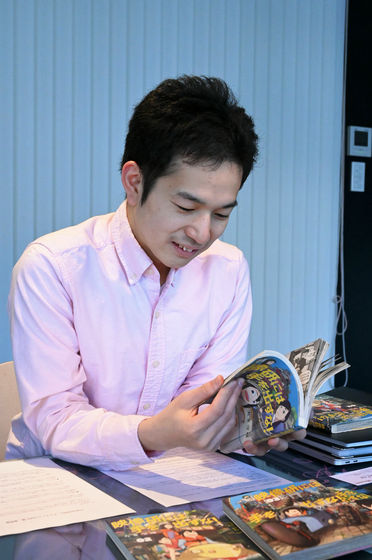
G:
He said that he felt the reality as a person on the scene.
Yamashiro:
I agree. In the anime, there are some parts that are increasing.
G:
What is it like?
Yamashiro:
The subject of 'Don't give up on visual research!' Is the animation production, and the discussion goes mainly on the three people who are in the position of animator, director, and producer, but communication in the actual animation production does not go well. Or, what is different from what I said comes up, and the conflict in making how to deal with it is also added.
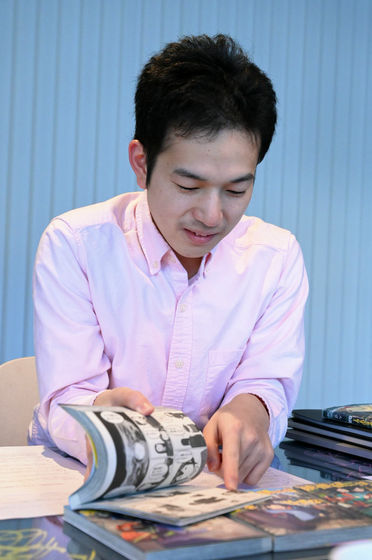
G:
This time, I was in charge of directing because the request from the past passed, but did you try the actual production and did you encounter any difficulties you had that you had in mind?
Yamashiro:
Since I am not an animator, I struggled with expressing my wishes in a way other than pictures. I think we have to cure it. Up until now, I have seen Yuasa-san's work as an assistant director, but when it comes time to do it myself, I have the fear that if I give OK, it will appear on the screen as it is. I don't think I can say such a thing, so I'll do my best, but I wonder if this is all right or if I should do it a little more ...
G:
Well, I see.
Yamashiro:
Director Yuasa has been doing it for decades, so I think when you look at a picture you can instantly see what you put in the screen, but it takes time to find it. For example, if the right side of the picture is dense and the left side is not, then you should add something to the left, but you may not know what to add. I think we need more experience to understand it.
G:
I think that there are many things in the field that lead to 'Do not put your hands on the image research!', But is there anything particularly impressive to you?
Yamashiro:
As for myself, I find it interesting that the perspective changed when I was working for two years, and even after I was allowed to direct in this way. There is no character who changes from production to production in 'Don't put your hands on the image research!', But I wonder if what you see will change when you change your position. At the time of production, I was running around with the picture raised, but when I became the production, I became able to understand the feelings of the other person at that time, and I realized that I was not satisfied at that time. I will.
G:
So, if you want to proceed with production again, it seems that you can do something different than before.
Yamashiro:
Well, I don't think I will work like I used to. My personal favorite in 'Don't touch the Institute for Imaging Research!' Is Mizusaki's 'I have to save me even if most people don't look at the details.' It's a line that makes you really understand this. Mizusaki is doing animation because I want to see realistic movement, but such details are at best one cut 2 seconds in animation, it moves like a snap, and I am making a fine movement behind the main moving character It doesn't even catch your eyes. Probably, I don't know unless I repeat it. But I'm doing it to confirm what I'm doing. If I was told that I didn't have to do it, I guess that's what it means. I also have a part similar to Mizusaki, and I draw all the movies I watched into frames.
(Mr. Yamashiro spreading the materials to bring)
G:
… It ’s amazing! What is that?
Yamashiro:
I put together the scenes I liked when I saw the movie into frames.
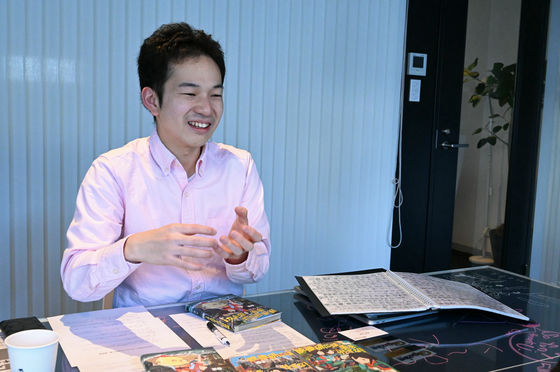
G:
Wow.
Yamashiro:
I wanted to make something like a dictionary and said, 'There is an expression like this here, and there is such an expression in a similar place in another work. Then, extract this element and this element and combine it into a new one. Let's use it. ' After all I used it this time (laugh).
G:
You are making a production reference. When did you make this?
Yamashiro:
This is since I was a student. When I showed this to Director Yuasa at the time of the interview, I was surprised that 'You are ...'.
(All laughs)
Yamashiro:
That means there aren't many people in this industry.
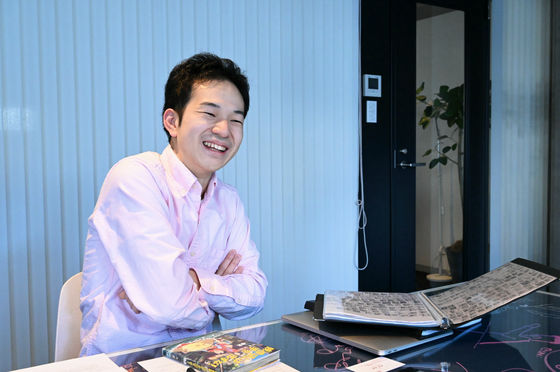
G:
I have never seen or heard it (laugh)
Yamashiro:
So, 'If you do this very much, it will be a weapon that no one else can have for you who can't draw.'
G:
This is the storyboard itself ... It is understandable that I will be in charge of the storyboard and production of the fourth episode.
Yamashiro:
However, sometimes I was doing too much, and I was told by Director Yuasa, who saw the storyboard, 'It is better to make a screen that is easier to see.' That's exactly the case, and I've spent a lot of time doing this, so I want to force it to be correct (laughs). Part of the proof is that I drew a storyboard, which is why I really understand Mizusaki's feelings.
G:
No, this does not become fashionable. It's as if the character from 'Iken' is right in front of you.
Yamashiro:
I haven't been able to do it recently, though. However, not only in movies, but also in dramas and documentaries, I have come to understand that 'I want to do this kind of thing' from the images.
G:
Oh.
Yamashiro:
Recently, I have come to think that things that aren't going well usually look bad. You may think, 'What are you saying, you're a young man?' But what I want to do is absolutely any director, and I want to express various things on the screen. I think that there are some things that the picture is weak, and because it wasn't shown well, it doesn't get across to many people. It would be interesting if you could see it and understand it. I've learned a lot, and I'm really saved.
G:
It's the height of self-study.
Yamashiro:
For example, as a shocking expression, there is a technique called “Dolly Zoom”, which is a technique that changes the perspective of the background while keeping the size of the subject while zooming while moving the camera toward the subject. If you have a close-up of the face in front and dolly-zoom from the background in the back, and make the background wide-angle without changing the size of the face, the image will give you a shock. Applying this camera movement to another situation gives a different feeling.
G:
Another sense?
Yamashiro:
In 'Child Play-Chucky's Madness Ward' that I saw recently, there is a scene of shooting a long aisle in the telephoto, and there is a scene in which you can move forward in a wheelchair, but as you progress, slowly change the size of the character by dolly zoom. Instead, by changing only the background from telephoto to wide-angle, there was depth in the aisle, and it was said that 'it is approaching, but it becomes sensually far'. It's 'approaching' as an image, but I want to get closer to it as a character's emotions, but there's a gap that's moving away. I am collecting such things.
G:
No ... it's terrible.
Yamashiro:
I'd like to combine these things in various ways and do it in animation.
G:
I am looking forward to the fourth episode to see what kind of production will emerge from this drawer. Thank you for your busy work.
Mr. Yamashiro was interviewed after spending a really busy time, and immediately after the end, he immediately started working on his desk.
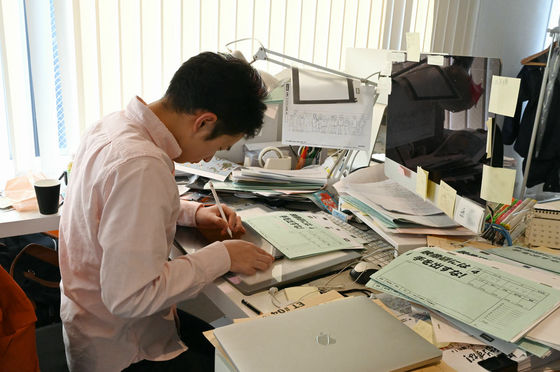
The production references that Mr. Yamashiro has accumulated have sparked fire. It's worth paying attention to the 4th episode of 'Don't put your hand in the image research!'
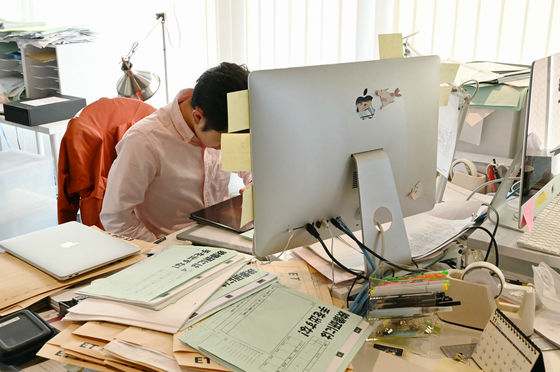
In addition, today, on December 29, 2019, at 24:40 midnight, NHK will broadcast a PR program “Don't mess with video research!”. It seems that materials that were not in '
December 29th, midnight 24: 40- 'Don't put your hands on the video lab! 』I will do a PR program! !! !! It's a 5 minute program, but it seems that materials that I did not use, which I shot at Tokyo Miracle, will appear! !! !! Check out if you're hungry for new information
— Daido Sumito Owara (@ dennou319) December 26, 2019
After that, we also interviewed Takuko Takahata, who also worked on prop design.
・ Continued
An interview with Takuko Takahata, a prop designer who designed small items to make them persuasive as an animation.

Related Posts:






